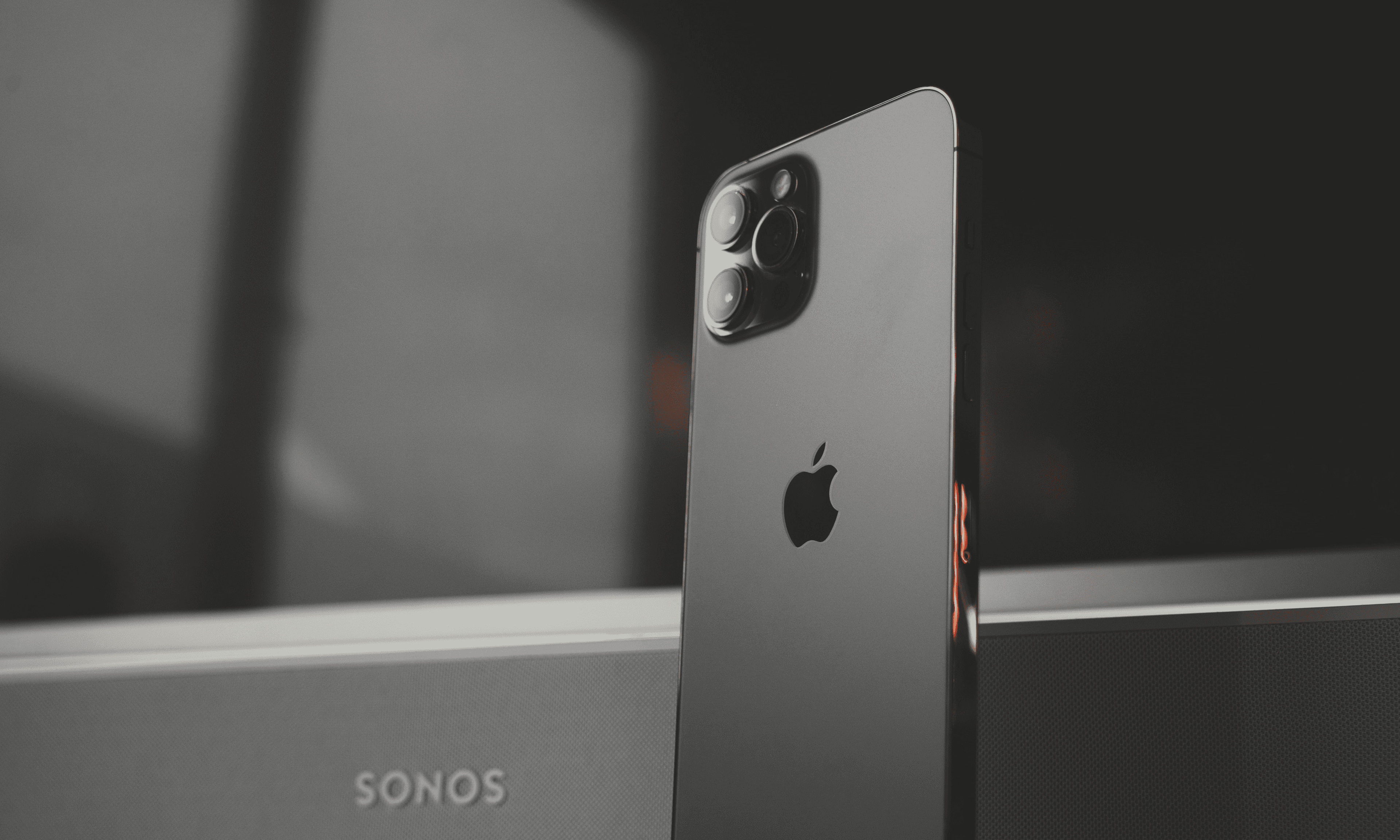Samsung have released their annual report which outlines their achievements regarding sustainability. Are they doing enough?

Written by Andrew Marchant, Marketing Manager | Privacy, Money-Saving and Parenting Advice
Last updated on 17 December 2025

In the past, Samsung became notorious for not carrying out sustainable practices. They have been consistently criticised by Greenpeace over the years as lacking commitment to transition to renewable energy processes to manufacture their products. However, this year Samsung have released a sustainability report to outline their achievements towards becoming a greener company. We have analysed this report to find out if they have been successful.
The smartphone technology market is a huge energy consumer and its CO2 emissions are on the rise. It takes a great deal of energy to create and run our smartphones. There is also the massive issue of electronic waste (e-waste). According to The World Counts, we generate around 40 million tonnes of it a year. This equates to 800 laptops getting thrown into landfill every second, and the majority of this will not be recycled. Not only are all these electronics going to waste, but much of it is also illegally dumped at sites in developing countries. These countries often do not have an infrastructure or recycling processes suitable to deal with all the e-waste that gets dumped there, which leads to increased air, soil and water pollution. This is catastrophic for the environment, and companies like Samsung have a responsibility to reduce this as much as possible.
Samsung have incorporated several key eco-conscious features including more bio-based and recycled materials which are biodegradable. These include bio-based plastics and renewable biomass sources such as corn starch and vegetable oils. According to the company in their sustainability report, the S10 is made up of 29% bio-based plastics, and the S10e is made up of 37% bio-based plastics. The S10’s charger is also made up of 20% recycled plastic, and its unit box is made up of 70% recycled paper. In 2018, Samsung managed to use around 40 thousand tonnes of post-consumer materials (PCM), which is comprised of recycled plastics and wastewater bottles.
Another way in which Samsung are promoting sustainability is by increasing the energy efficiency of their smartphones. For instance, the Galaxy S10 now has a charging efficiency of 86%, and the charger has a 5-star energy efficiency rating from the European Commission Integrated Product Policy Programme.
Samsung have also started an initiative called Samsung Re+ which promotes the collection of end-of-life products from their customers at various points in 54 countries around the world. This initiative involves collection bins stationed at certain Samsung sales and service locations where customers can discard their old devices at no extra cost. This e-waste is then recycled so that some of the material can be used for new products.
While Samsung have been moving in the right direction in terms of sustainability, they still have further to go in a lot of areas. We are seeing them try to move towards environmentally conscious packaging by using recycled paper for packaging materials, and even printing using soybean ink and creating plastic bags made with natural stone powder.
Nonetheless, it is disappointing to see a lack of tangible evidence of progress that Samsung have made, especially when compared to Apple, who are one of their main competitors. Apple have been making significant changes to integrate sustainability across many different production processes, which is thoroughly documented in their environmental reports. Samsung frequently mention future endeavours, including their aspirations to achieve “100% use of sustainably sourced paper for packaging by 2020”. However, until we start seeing evidence, the report reads as greenwashing.
Samsung continue to claim that they support a circular economy, including in this report. The circular economy is a model which is defined by using renewable energy sources to create new products so that waste is kept to a minimum. It means that rather than throw your phone away if there is a problem with it, you can fix it instead. However, many of the latest Samsung devices are not designed with repairability in mind. With the S10 Plus for example, the main issue with it is the fact that a very strong adhesive glues some of the components together. This ultimately makes repairs far more difficult than they need to be.
Samsung’s environmental report offers a lot of promises with very little tangible achievements. For this reason, it is easy to view this report as an example of greenwashing. However, with the impetus of continuous pressure from environmental groups such as Greenpeace, we could see Samsung continue to incorporate more sustainable methods over the next few years. If you want to recycle your device, then make sure you use our site to do your part for the environment.

The iPhone used to define innovation. Now every new model feels the same. Is Apple’s story running out of pages?

See which Apple, Samsung and Google phones hold their value best over the first and second year on the market.
With Pixels becoming a decent contender for your upgrade choice, we’ve crunched the numbers to reveal depreciation patterns of Google Pixel phones.